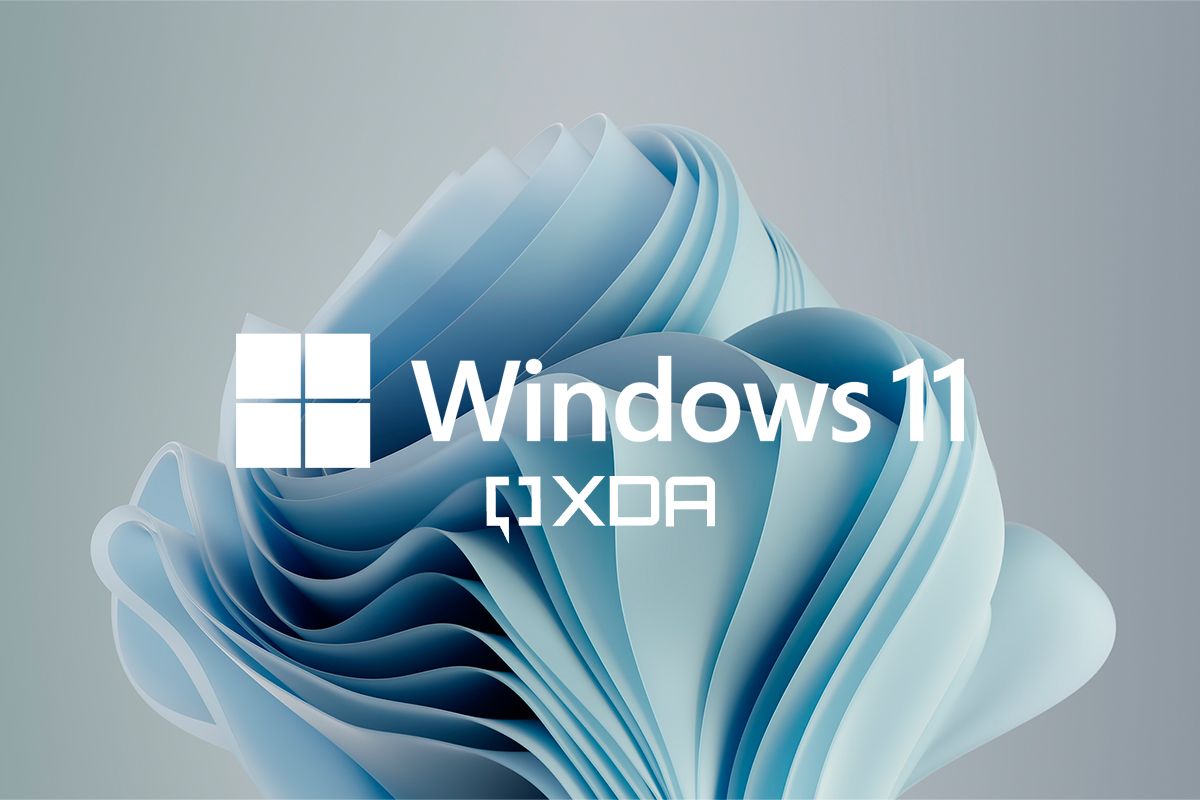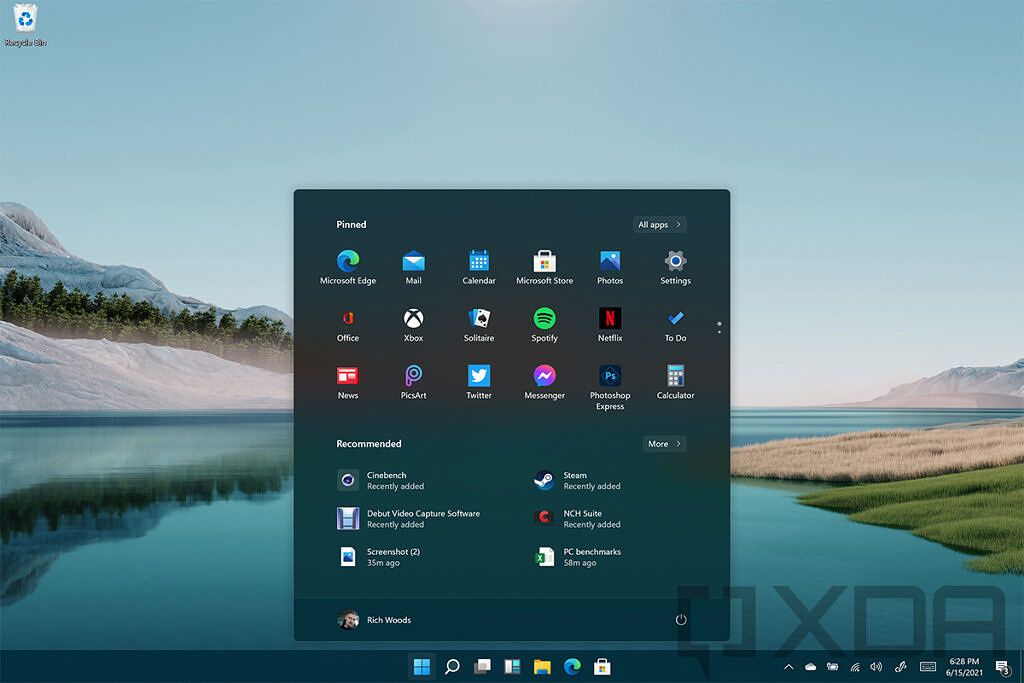Microsoft's Windows 11 is official. It's the next generation of Windows and if you're excited about it, you're probably wondering when you can get it. It started rolling out on October 5, 2021, so you can get it now.
What's new in Windows 11?
Windows 11 is almost Windows 10 with a major UX refresh, although there are under-the-hood changes too. Panos Panay even said that it's built right on top of the Windows 10 you're already familiar with. But of course, it's much more.
There's a whole new look, and it's got a new Start Menu, the return of widgets, new Quick Settings, a new notification center, and more. The codename for the new UX is Sun Valley, and if you're excited about Windows, you've probably heard about it.
Aside from the new Start Menu, there are, of course, rounded corners as Microsoft sheds the sharp rectangles that it's embraced over the last decade. Android apps are coming by way of the Amazon Appstore (although not at launch), Teams Chat is getting integrated into the OS, and more.
There's also a bunch of stuff that was already in preview before the announcement, such as colorful folder icons. In fact, tons of icons have been redesigned. It's not just designed though, as there are actual new features on the way. For example, Windows on ARM users will finally be able to emulate 64-bit apps. We've done a hands-on of the first preview that you can check out right here, but you'll have to wait until next week to get the full picture.
What's the release date for Windows 11?
Windows 11 is available now as a staged rollout that will last until mid-2022. If you go into Windows Update and check for updates, you might see it there. If you do, it will be offered as an optional update. Microsoft isn't going to automatically install this one.
There are also preview builds in the Windows Insider Program, specifically in the Beta and Release Preview channels. If you don't see it in Windows Update, you can get it this way and then unenroll your device. The Dev channel is on prerelease though, meaning that it's a future version of Windows 11, and if you enroll in Dev and want to unenroll, you'll have to do a clean installation.
Another option is to use the Windows 11 Media Creation Tool. All you have to do is download it, run it, and choose the option to upgrade the PC you're using. Or, you can use it to create an ISO image to use on another machine.
The Windows 11 release date for older PCs will vary. Microsoft says that the rollout should be completed by mid-2022. There's also a Windows 10 version 21H2 that's available now, just in case you're ineligible for Windows 11. In fact, Windows 10 is still supported until 2025, although it's now on the same update schedule as Windows 11.
Windows is still going to be updated as a service, but Windows 11 updates will arrive yearly, rather than semi-annually. That means that by the time the first feature update arrives, the staged rollout should be complete.
As of right now, it's available to seekers, meaning you have an option to take it through Windows Update. That's really not changing though, since this will never automatically install. If you want, you can stay on Windows 10, which will be supported until October 14, 2025.


